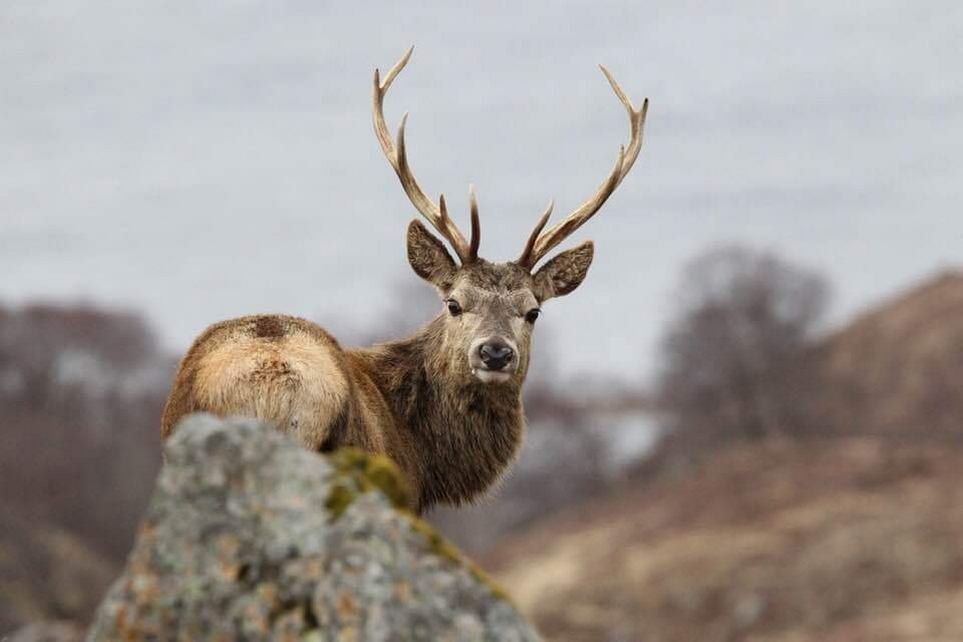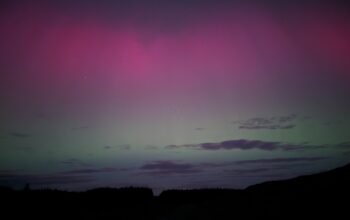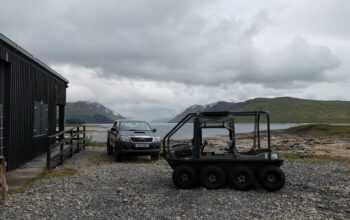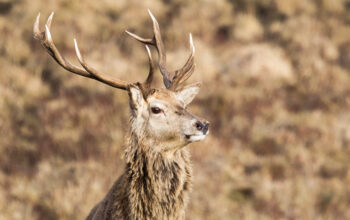Part 1
“Stag Stalking in remote Scotland. A few years ago, I stalked my first red deer stag on Corrievarkie, a remote estate on the banks of Loch Ericht.
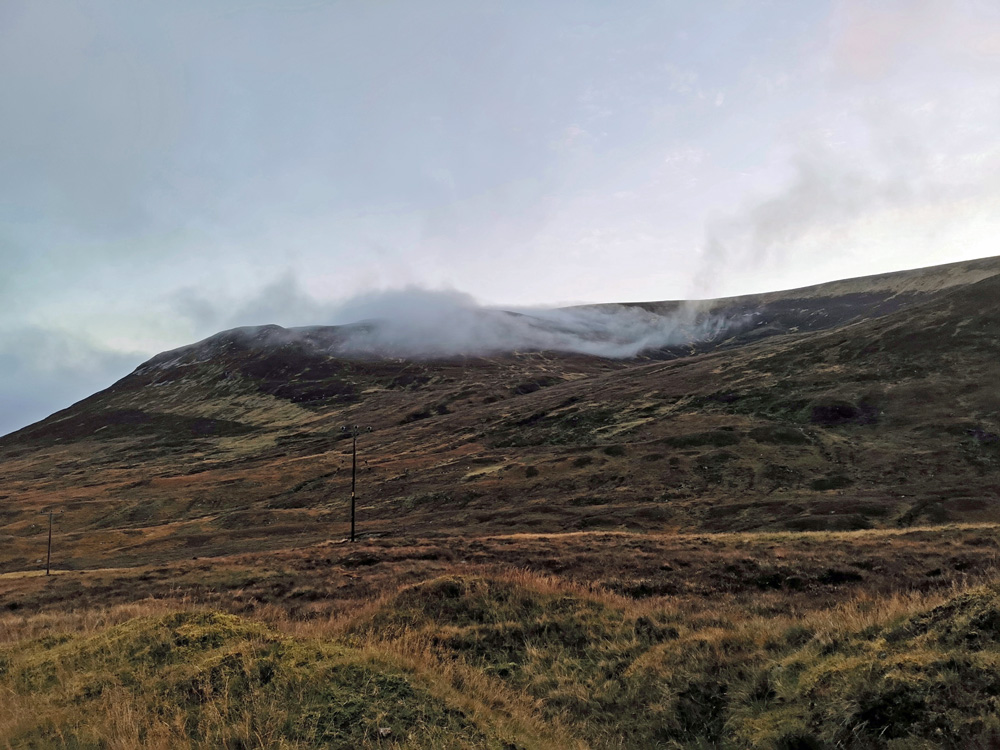
Remote Scotland
It was a beautiful, secluded spot I called home, set deep in the hills and yards from the Perthshire Inverness-shire county boundary. Each season brought changes, and, in the depths of winter (my favourite!), the weather brought challenges. But these never lessened the joy of remote living. We lived amongst the wildlife in their domain. On any given day we saw red deer, and golden eagles circling high up in the clouds. Their extended high-pitched screeching call gave away their presence. One of my favourites were the mountain hares they were like chameleons with their changeable coats. Brown with a tinge of blue in the summer and white in the winter. If approached calmly and slowly, they would grant you an audience for a while. Red grouse lived in the heather, and, on the high tops, there was a small population of ptarmigan, and golden plover.
Wild birds
Early spring morning walks were accompanied by the drumming of snipe. Close by, there was an assortment of garden birds. Including blue tits, great tits, bull finches, gold finches, and the greater spotted woodpecker. Also, snow buntings, siskins, sandpiper, swallows and both species of wagtails, blackbirds, thrushes, and wild rabbits in light brown and occasionally black. In the small woodland, cuckoos moved in, usually in April, and the trees gave homes to crossbills, redpolls, redstarts, and warblers. On occasions we would be visited by Jays and wood pigeons, and on the loch, we would see whooper swans and black-throated divers. On calm summer evenings, the diver’s call echoed around the loch like a haunting spirit from another world.
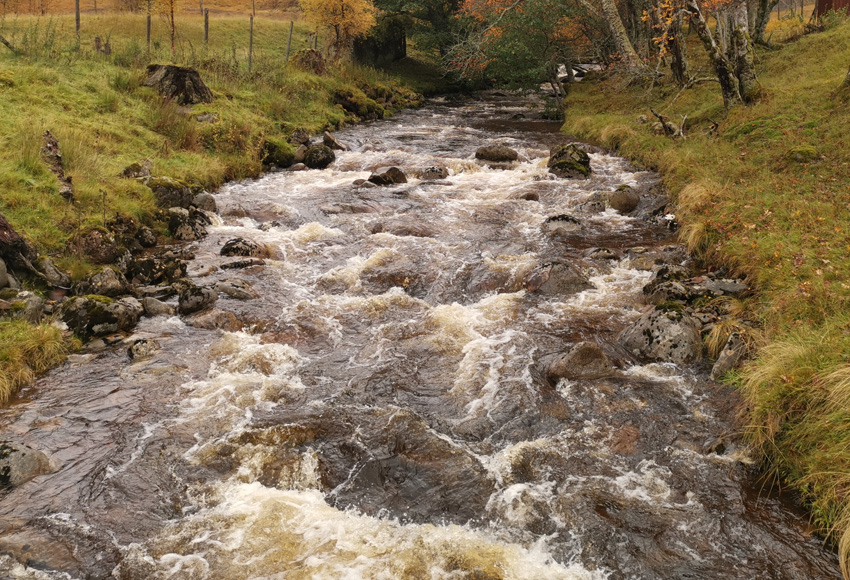
Wild water from the hills
A gurgling burn ran down from the hillside passing close to the house, I’d often sit amongst the old tree roots on the bank close to the water, and listen to the sounds and songs from the ancient land. On the quiet days, the sounds were reminiscent of women’s voices, distant, soft Gaelic singing lifted up and away on the breeze. During snow-melt or heavy rain, the crystal clear burn transformed into a noisy, raging torrent of brown, peaty water crashing down the hill side over the boulders. In full spate it almost swallowed up the banks, and birch trees as it spewed out into Loch Ericht. As the water met the Loch and released its burdensome weight, and became silent once again.
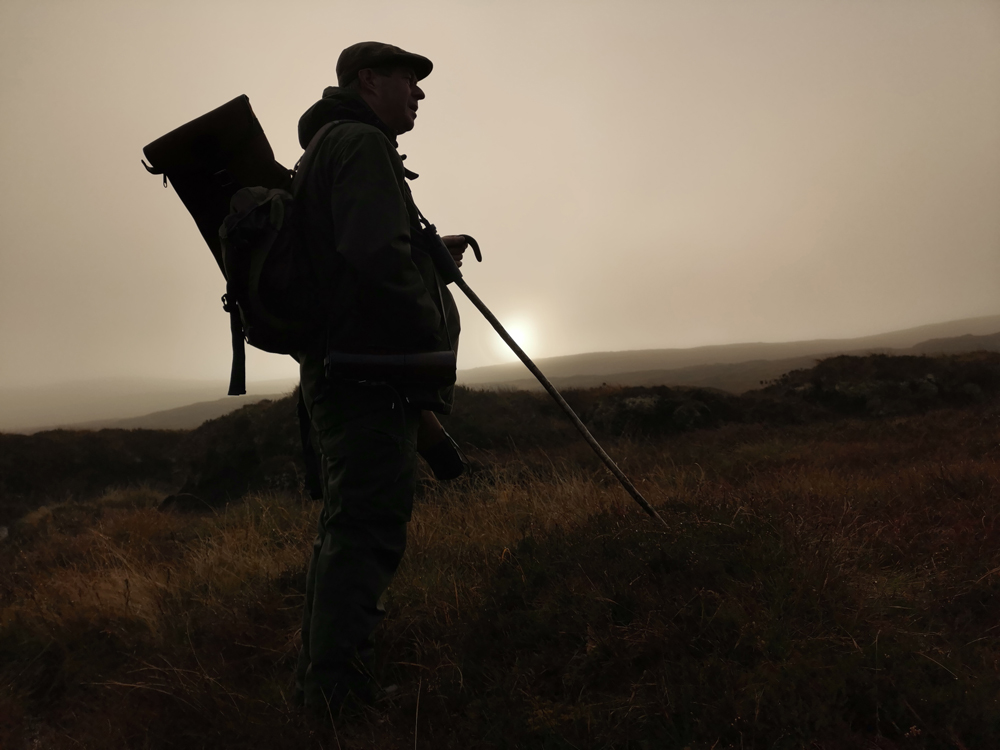
Stag stalking in remote hills is all about location
Up until June 2021, Richard MacGregor single-handedly managed Corrievarkie’s red deer population for 21 years. Corrievarkie, part of Ben Alder Estates, is predominately a stag forest these days, although twenty years ago it was mostly hind. It’s a picturesque hill ground of 5,800 acres, with a good covering of heather, lots of peat bogs, and a Corbet, Stob an Aonach Mhoir. There’s the shooting lodge let out in Spring, Summer, and Autumn, and just under a mile or so away from the lodge is a small hydroelectric power station tucked into the hillside. Corrievarkie is accessed by a private 11 mile long road from the Bridge of Gaur end of Loch Rannoch or by boat from Benalder at the Dalwhinnie end of the loch.
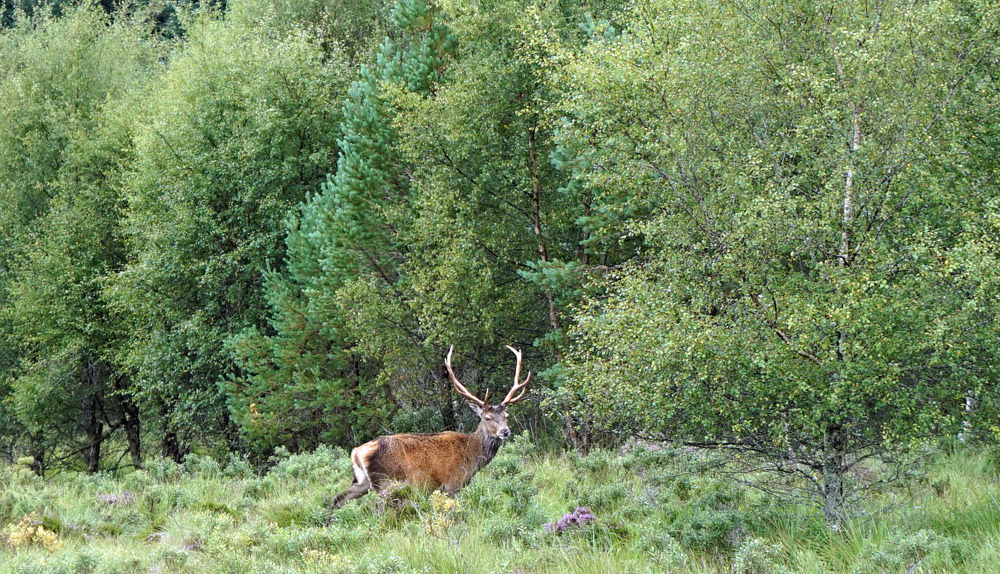
Target species
It was very close to the end of the stag season. In Scotland the stag season runs from 1st July to 20 October. Richard asked if I would like to shoot the last stag of the season. Annual deer cull numbers are agreed in advance as part of a sustainable management plan aimed at reducing deer densities to an agreed level. I said yes without hesitation. Since childhood, deer had been my top species of wildlife, and also a favourite subject for my camera. I have always supported the necessity for sensible management, not only for deer welfare but also for balanced approach to maintain habitat. In 2017, I attended an ‘introduction of stalking’ course which equipped me with the basics of rifle shooting, and safe practice. Since then, I have stalked Roe deer, also part of an estate management plan, but never the larger red deer.
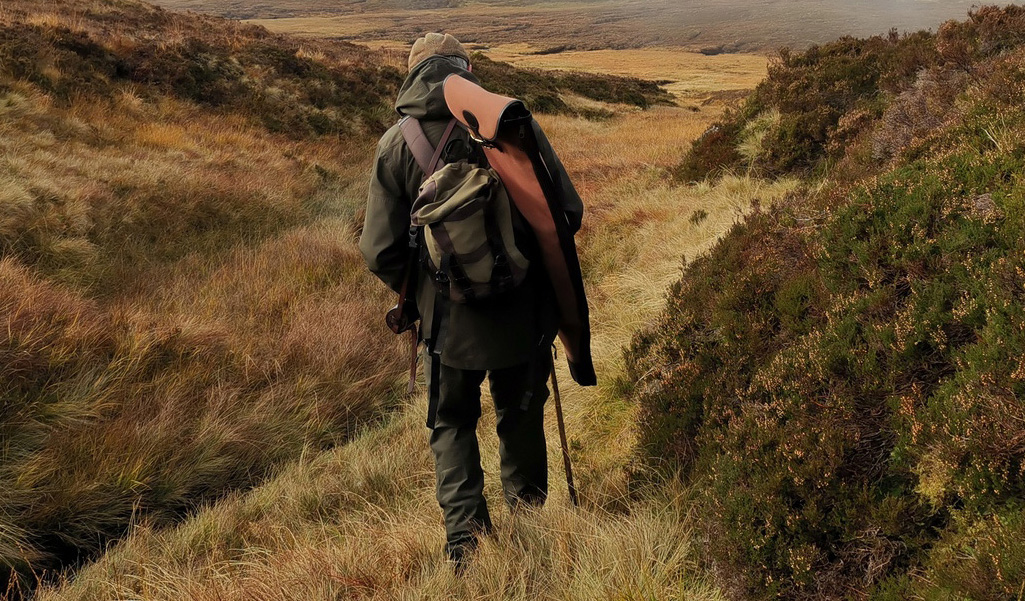
Red deer stag stalking in the rut
On the day of our stalk, promptly after dawn, we drove uphill in a south-easterly direction to the estate boundary. We parked the truck, then kitted ourselves out with a rucksack, gloves and hats. Walking poles for me. Richard carried the rifle and his stick as we headed out up Leacann an Sgailean. Various Stags roared in the distance, it was the annual red deer rut when the mature stags competed for hinds.
The lower ground was cool at 7°C and clear, but the mist clung to the high-tops. We had seen the mist wrapped around the hills on many occasions, and hoped it would follow the typical pattern and clear by the time we got to the back of Corrievarkie. It is a huge open bowl shaped area looking towards Loch Ericht. As we ascended, the stag roars were louder than before, softly distorted by mist and carried back and forth on the wind. The remote, exposed landscape had no buildings or ruins, just heather, peat hags and the resident wildlife. During the winter months the bitter temperatures bite hard, deep drifting snow and a -10 wind chill were not unusual. Even in autumn, gloves and layers were a necessity.
Steadily uphill in the mist
The mist was thick, but it moved and thinned on the breeze, we felt positive it wouldn’t be long before it was blown away and the landscape revealed itself. We walked steadily uphill, and used the deep sided burn as cover. Then closer to the top, we stalked out over the peat hags. This required a lot more concentration on my part to study the ground in front of me. Richard, a seasoned hill man, was used to quickly identifying where to walk. After all, he had walked the Corrievarkie hills for more than twenty years and his goat-like agility enabled him to spring from one area to another with comparative ease.
Or not so steady
I, on the other hand, felt a little unsure and unsteady. I put this down to two things: carrying expensive camera equipment for decades had developed a deeply embedded fear of falling and breaking it. Additionally, as a woman on the other side of 55, I found my balance wasn’t as good as it used to be. Richard lead the way, stopping to offer his hand when we had to criss-cross over water. His pace was measured, and unrushed. But it was hard going with deep, ankle-snapping holes deceptively covered in the thick grass. There were also large areas of spongy peat moss and tufts of ferns and grasses to avoid. My walking poles were a lifeline for staying upright and out of holes.
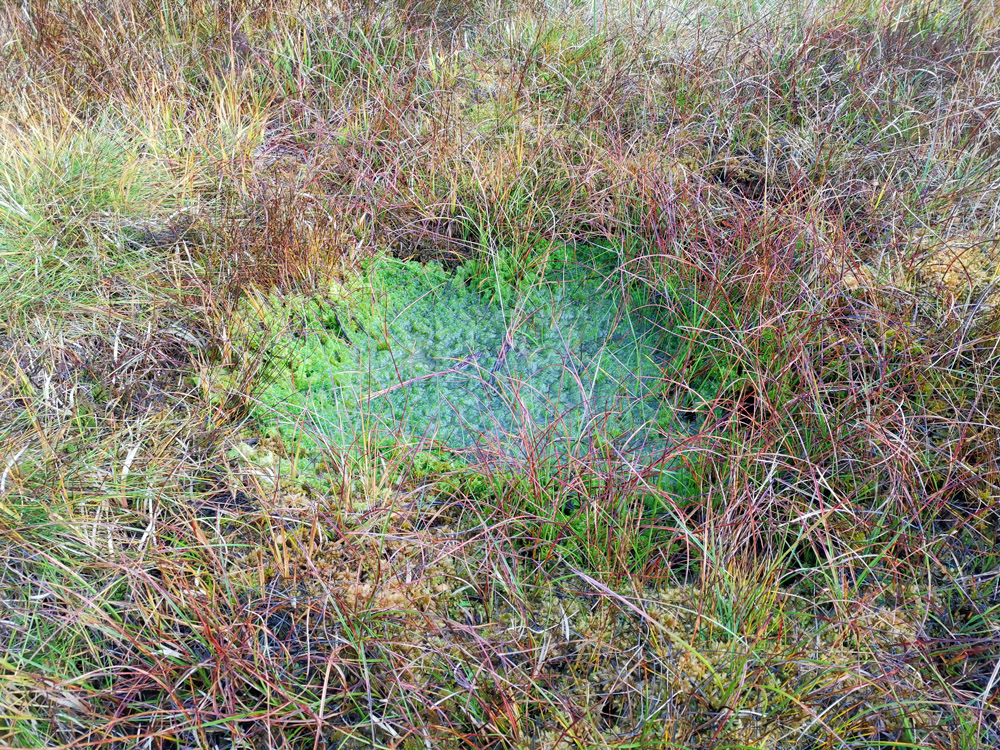
Temperature drop
As we progressed, Ravens squawked overhead: old stalkers believed this to be a good omen for the stalk, and close-by grouse cackled to and fro as though in conversation with each other.
Some flew low over the peat hags trying to get under the mist. A kestrel hunted in the distance, only identifiable by its fluttering silhouette in the mist. We carried on uphill and away from the burble of the burn, the blanket of silence was only punctured by the booming sounds from deer. Stags roared around us and down in the Corrie, their voices hung in the thick mist. The sun had been a brief orb of diffused light in the distance over the neighbouring Talladh-a-Bheithe estate.
Nature wins
The temperature dropped the closer we got to the back of Corrievarkie. The wind speed picked up. Hope was restored. If it was windy it would blow away the mist. An hour of slow progress and the occasional thinning of the mist revealed the surrounding high tops as though teasing us to carry on as we clung on to our hope. However, all too often, the hills disappeared again as the mist closed in. Richard stopped. “This mist isn’t going to clear,” he said. “It’s not safe for us to carry on.” Stags roared once again, as we turned around and followed the burn back down through the peat hags.
Part 2 of stag stalking the remote Scotland continues…. you can read part 2 here..
